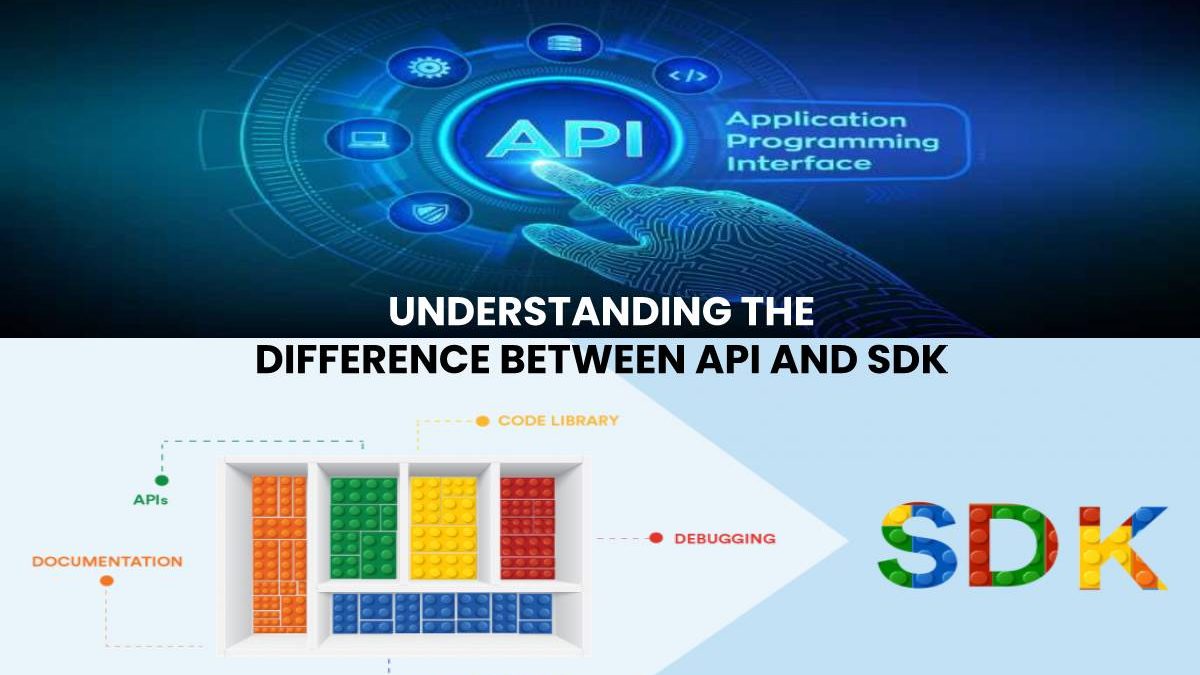Anyone involved in tech—and already slapped with a long list of acronyms to memorize—might scratch their heads when they come across the two related terms, SDK and API. Common questions that come up when people discuss software development kits (SDKs) and application programming interfaces (APIs) are the following:
- How are the two related to each other, and why do they often overlap?
- In contrast, where do they differ? Are they interchangeable terms?
- What are their respective roles in the development of a web service or an app? How does one choose which of the two to implement?
This feature is meant to answer all three questions and cast light on what SDKs and APIs are meant to do. If you’re a decision-maker in the field, this info will help you in the following ways:
(1) it will make it easier for you to distinguish between the many software components in a developer’s ecosystem.
(2) it will better your understanding of how SDKs and APIs work alongside each other, improving the overall developer experience on creating web services and apps.
SDKs versus APIs: A Quick Review of Their Qualities
Perhaps it’s good to start by way of definitions. A singular API is responsible for how one app or service interacts with another third-party app or service. On the other hand, an SDK is a whole toolkit that collectively determines a host of interactions; it contains tools, coding samples, libraries, and guides that cater to one specific platform.
An API would be responsible for linking a Shopify website to PayPal so that customers could use the latter for a payment gateway. An SDK would be marketed toward a particular platform—for example, Mac OS X SDK, iOS SDK, or Android SDK.
Now that companies are quite serious about these aspects of web service and app development, the markets for both APIs and SDKs have grown. In addition, API platforms like Stoplight, which has a complete API toolkit for teams and enterprise, have made working on these interfaces a pleasure and give developers access to streamlined and replicable code.
To get a better idea of how SDKs and APIs relate to each other, we can liken the two to rectangles and squares. In geometry, the argument is that all squares fall under the category of rectangles, but not all rectangles fall under the category of squares. Similarly, all SDKs can comprise APIs (like a rectangle can be made of building blocks that are squares), but no API can work with the full functionality of a software development kit.
How SDKs and APIs Figure into a Developer’s Creation Process
It follows, then, that app and web service developers have these two tools at their disposal: the wide-ranging SDK, and the composite APIs. How do these two figure in the development process?
The answer depends on the goal that the development team has in mind. It may set its sights on catering to a specific platform and make plans to assemble an SDK. Then, when they see a need to build an interface to communicate with another third-party app or service, they can green-light an API project for inclusion into their SDK. If singular or even multiple APIs can be successfully integrated, it will reflect well on the entire toolkit.
Conclusion: Using SDKs and APIs to Your Benefit
In summary, an SDK can include APIs as one of the many other software components in its platform-specific kit. While APIs are limited by their one interface function, well-designed APIs are valuable inclusions to any SDK. This is where the two meet and work hand-in-hand towards the overall quality of an app or a service.
This kind of knowledge may be given to those who are already in the middle of coding APIs and SDKs. But to those who are confused by all the jargon, and want to elevate both their knowledge and decision-making in tech, hopefully, this serves as a helpful introduction.

